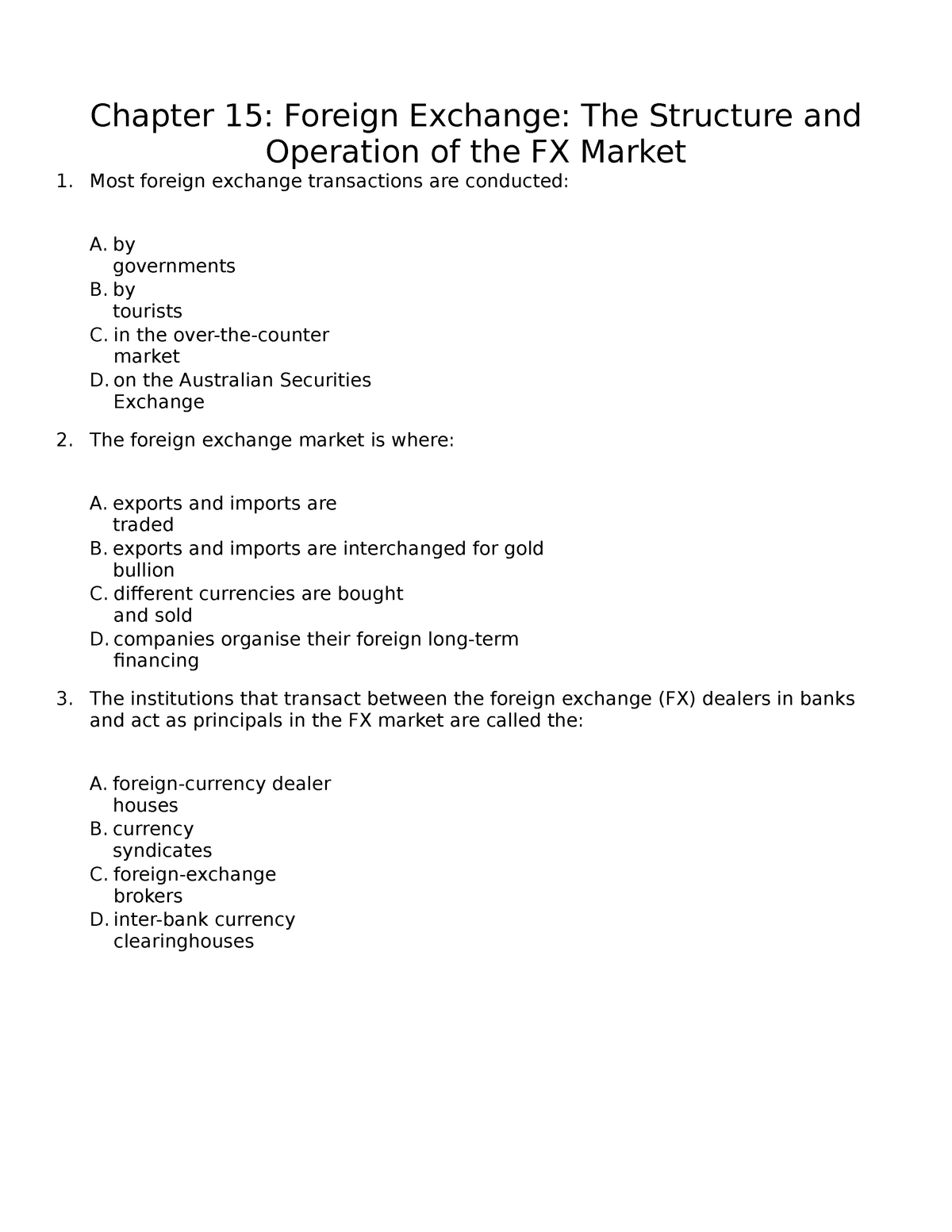
SNP500 futures are a derivative of the S&P 500 index. These contracts can be traded at the NSE (or the INDIA NATIONAL SHOT EXCHANGE). These contracts can be purchased and sold at a variety brokerage firms. We will be discussing the basics and technical reports of S&P 500 futures, charts, strategies, and other information in this article.
E-mini S&P 500 futures
E-mini S&P500 futures trading can offer many benefits. These contracts expire every quarter on the third Friday in March or June, September, September, and Dec. E-minis may be traded via a margin bank. Trades can be placed on any day of the week. The ticker symbol "ES" denotes the contract.
E-mini S&P500 futures will trade quarterly on a three-month basis. The trading months are March, June, and Dezember. Investors can also use this type futures to protect macro exposure and capitalise on S&P 500 Index movements. Traders have the ability to trade around market-moving events such as the U.S. Jobs report, quarterly earnings reports and the FOMC statements. E-mini S&P500 futures contracts are available for trading stocks, commodities and currencies.

S&P 500 Index
If you're considering gaining exposure to the broader market, leveraging your stock portfolio to mitigate volatility, or adding flexibility during earnings season, S&P 500 index futures may be the perfect tool. Although futures have many advantages, they can be confusing. This article will help you understand the basics of trading futures to make smart decisions and navigate the market. Continue reading to find out more.
Both the traditional E-mini S&P and the new Micro E-mini S&P options are based on S&P 500 Index futures. They trade on the Chicago-based CME Group Exchange. These futures offer liquidity that can meet both sellers and buyers' needs. Professional traders use S&P-based Futures to protect their portfolios and hedge against market downturns.
Trading platforms
Trading in SNP500 futures can be an effective way to diversify your investment portfolio. E-mini contracts are available for nine consecutive quarters as well as three additional December contract month. These E-minis are also tax-efficient and a convenient way to manage global equity exposure. But how do you choose the best trading platform for you? Here are some benefits to E-mini futures. Before you choose which trading platform you prefer, ensure that it is regulated by CFTC.
TD Ameritrade : TD Ameritrade can be a great option for options and futures traders. This broker offers a high-tech desktop trading platform and supports all types of brokerage accounts. The broker also offers a mobile app and no minimum balance. It also provides educational resources and tools. TD Ameritrade is also one of the most affordable ways to trade futures.

S&P 500 futures: Interest
Many investors were surprised by the recent stock market rally. However, it has contributed to driving stock markets higher. S&P 500 futures have seen a rise in short interest since May 2009. The rally can be attributed to higher investor confidence, a neutral position by Chicago Mercantile Exchange and strong individual values at the Nasdaq 100. It has its downsides. This article will discuss these issues and how to minimize your exposure.
S&P 500 Futures and a derivative contract are great ways to hedge against any potential downsides of stock investments. Because they are a key indicator of market movements, investors closely monitor these contracts and can speculate about the future. Chicago Mercantile Exchange has futures on S&P 500. This is the benchmark index. This makes S&P500 futures one the most liquid futures types in the U.S.
FAQ
Why is a stock called security.
Security refers to an investment instrument whose price is dependent on another company. It may be issued either by a corporation (e.g. stocks), government (e.g. bond), or any other entity (e.g. preferred stock). If the asset's value falls, the issuer will pay shareholders dividends, repay creditors' debts, or return capital.
What is the main difference between the stock exchange and the securities marketplace?
The securities market refers to the entire set of companies listed on an exchange for trading shares. This includes stocks, bonds, options, futures contracts, and other financial instruments. Stock markets are usually divided into two categories: primary and secondary. Stock markets that are primary include large exchanges like the NYSE and NASDAQ. Secondary stock markets are smaller exchanges where investors trade privately. These include OTC Bulletin Board Over-the-Counter and Pink Sheets as well as the Nasdaq smallCap Market.
Stock markets are important as they allow people to trade shares of businesses and buy or sell them. The value of shares is determined by their trading price. Public companies issue new shares. Dividends are paid to investors who buy these shares. Dividends can be described as payments made by corporations to shareholders.
Stock markets serve not only as a place for buyers or sellers but also as a tool for corporate governance. Boards of Directors are elected by shareholders and oversee management. Managers are expected to follow ethical business practices by boards. In the event that a board fails to carry out this function, government may intervene and replace the board.
Are bonds tradeable
Yes, they do! As shares, bonds can also be traded on exchanges. They have been for many years now.
The main difference between them is that you cannot buy a bond directly from an issuer. They can only be bought through a broker.
It is much easier to buy bonds because there are no intermediaries. This also means that if you want to sell a bond, you must find someone willing to buy it from you.
There are many different types of bonds. Some pay interest at regular intervals while others do not.
Some pay quarterly interest, while others pay annual interest. These differences make it possible to compare bonds.
Bonds can be very useful for investing your money. In other words, PS10,000 could be invested in a savings account to earn 0.75% annually. The same amount could be invested in a 10-year government bonds to earn 12.5% interest each year.
If all of these investments were accumulated into a portfolio then the total return over ten year would be higher with the bond investment.
Statistics
- US resident who opens a new IBKR Pro individual or joint account receives a 0.25% rate reduction on margin loans. (nerdwallet.com)
- "If all of your money's in one stock, you could potentially lose 50% of it overnight," Moore says. (nerdwallet.com)
- Ratchet down that 10% if you don't yet have a healthy emergency fund and 10% to 15% of your income funneled into a retirement savings account. (nerdwallet.com)
- The S&P 500 has grown about 10.5% per year since its establishment in the 1920s. (investopedia.com)
External Links
How To
How to Invest Online in Stock Market
Investing in stocks is one way to make money in the stock market. You can do this in many ways, including through mutual funds, ETFs, hedge funds and exchange-traded funds (ETFs). The best investment strategy is dependent on your personal investment style and risk tolerance.
To become successful in the stock market, you must first understand how the market works. Understanding the market and its potential rewards is essential. Once you are clear about what you want, you can then start to determine which type of investment is best for you.
There are three main categories of investments: equity, fixed income, and alternatives. Equity is the ownership of shares in companies. Fixed income can be defined as debt instruments such bonds and Treasury bills. Alternatives include commodities like currencies, real-estate, private equity, venture capital, and commodities. Each option comes with its own pros and con, so you'll have to decide which one works best for you.
There are two main strategies that you can use once you have decided what type of investment you want. One strategy is "buy & hold". You purchase some of the security, but you don’t sell it until you die. The second strategy is called "diversification." Diversification involves buying several securities from different classes. By buying 10% of Apple, Microsoft, or General Motors you could diversify into different industries. The best way to get exposure to all sectors of an economy is by purchasing multiple investments. This helps you to avoid losses in one industry because you still have something in another.
Risk management is another important factor in choosing an investment. You can control the volatility of your portfolio through risk management. You could choose a low risk fund if you're willing to take on only 1% of the risk. On the other hand, if you were willing to accept a 5% risk, you could choose a higher-risk fund.
Your money management skills are the last step to becoming a successful investment investor. The final step in becoming a successful investor is to learn how to manage your money. A plan should address your short-term and medium-term goals. It also needs to include retirement planning. You must stick to your plan. Don't get distracted by day-to-day fluctuations in the market. Stay true to your plan, and your wealth will grow.